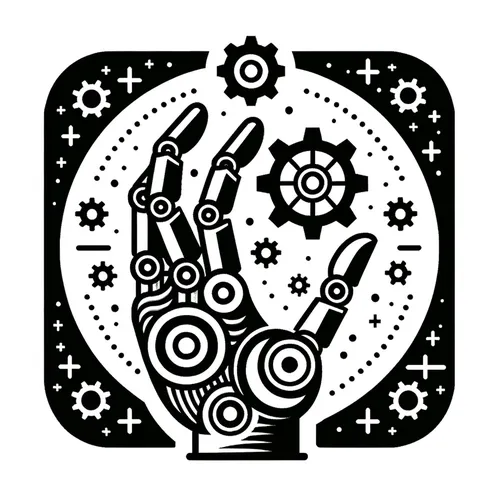Cobots Cozy Up: AI's New BFFs Transforming the Shop Floor
- Author
- Quiet. Please
- Published
- Fri 01 Aug 2025
- Episode Link
- https://www.spreaker.com/episode/cobots-cozy-up-ai-s-new-bffs-transforming-the-shop-floor--67213169
This is you Robotics Industry Insider: AI & Automation News podcast.
The robotics and automation industry is poised for a transformative leap this August, driven by sophisticated advances in artificial intelligence and collaborative robotics that are redefining industrial landscapes. According to Novus Hi-Tech, 2025 is a landmark year for the sector as robots not only learn rapidly from their environments, but also self-optimize in real time, enabling everything from predictive maintenance in factories to precision-driven autonomous manufacturing. One remarkable shift is the proliferation of collaborative robots—often called cobots. By integrating advanced sensors and context-aware AI, these machines now safely work right beside human teams on busy production lines, no longer separated by safety cages. Their rapid adaptability and ease of reprogramming mean manufacturers, healthcare providers, and logistics firms can now increase throughput and relieve personnel from the most repetitive or hazardous jobs.
In current industry news, Doosan Robotics has acquired a majority stake in US-based ONExia for just under 26 million dollars, positioning itself to accelerate innovation in North American manufacturing automation. Meanwhile, Pudu Robotics has rolled out its PUDU T600 Series, delivering next-generation heavy-payload robots for automated goods handling within large-scale industrial distribution. And 4AG Robotics, known for its fully autonomous mushroom harvesting systems, successfully closed a significant funding round, signaling ongoing investor enthusiasm for specialized agricultural robotics. Looking at the numbers, the global industrial automation market is projected to jump from around 210 billion dollars in 2025 to well over 420 billion by 2033, according to both Straits Research and Grand View Research. The sector is upholding a compound annual growth rate of just over 9 percent, driven by efficiency gains, cost pressures, labor shortages, and increasing adoption of Industry 4.0 technologies. More than 60 percent of companies already deploy some form of automation, with robotic process automation boasting returns on investment spanning 30 to 200 percent in the first year alone, as reported by Thunderbit.
What does this mean for those on the manufacturing or technology front lines? For immediate action, look at applications where intelligent automation can relieve skilled employees for value-added tasks or where downtime due to maintenance is a persistent issue. Evaluate recent cobot offerings for processes requiring both human dexterity and robotic stamina. Stay informed as government incentives worldwide continue to offset investment in digital transformation and automation, particularly in sustainability and advanced manufacturing.
Looking towards the future, the acceleration of AI-driven robotics is expected to blur boundaries among traditional manufacturing, logistics, healthcare, and even service industries, ultimately leading to safer workplaces and smarter, more flexible supply chains. Join us next week for more insider analysis on the latest in robotics and automation innovation. Thanks for tuning in—this has been a Quiet Please production. For more, visit Quiet Please Dot A I.
For more http://www.quietplease.ai
Get the best deals https://amzn.to/3ODvOta
